Bean Buro crafts a clean, light, cosy yet comfortable apartment perfectly suited to the needs of a young family in Hong Kong’s Happy Valley district.

September 13th, 2019
Overlooking Happy Valley’s iconic racecourse, Bean Buro has crafted a 110-square-metre apartment interior into a series of intimate living and working areas informed by the different family members’ needs, with the child’s development front and centre of the design.
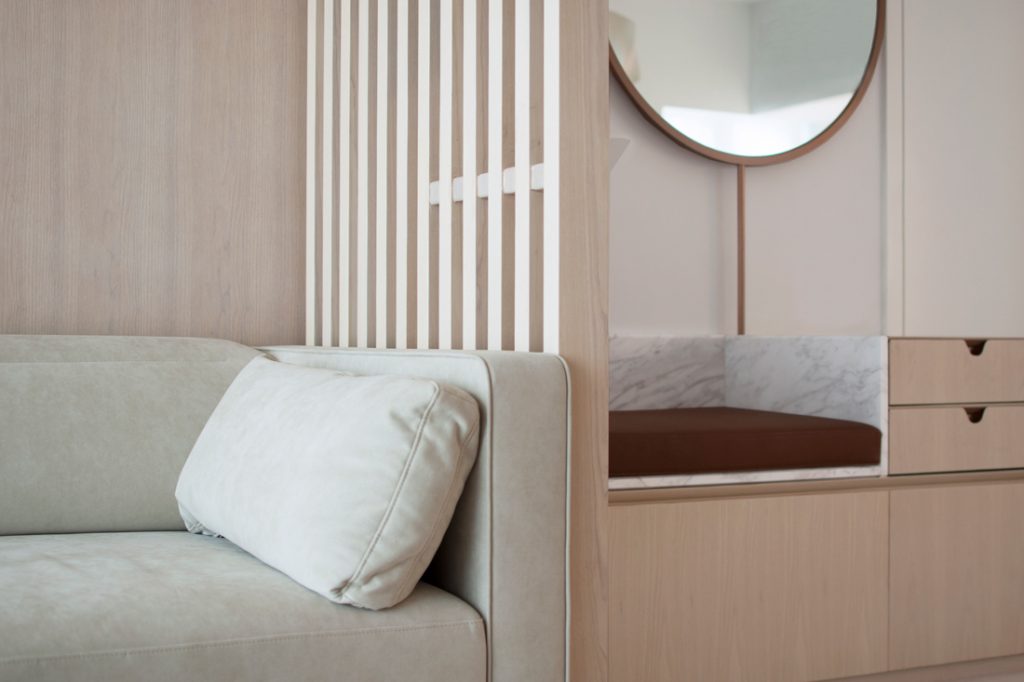
“We named it ‘Urban Cocoon’ because we have managed to create an extremely calming and cosy family apartment in the middle of the city”, explains Lorène Faure, co-founder of Bean Buro.
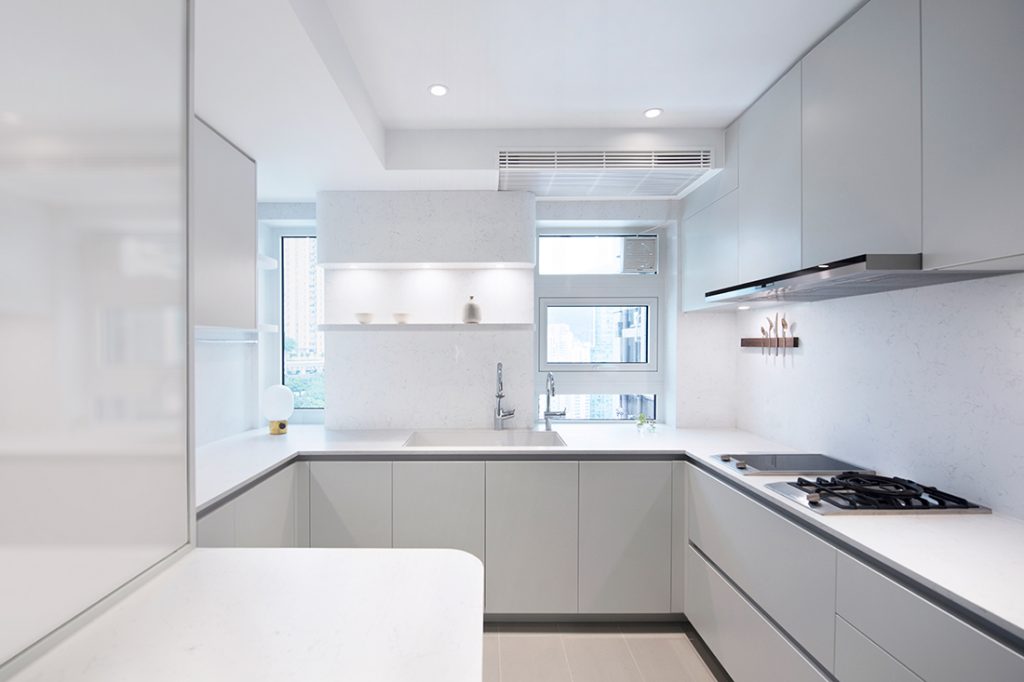
The designers were originally challenged by creating spaces that fitted the needs of the couple – who both work from home – and their newborn child. Bean Buro began by designing the cocoons where the views and natural light were most plentiful.
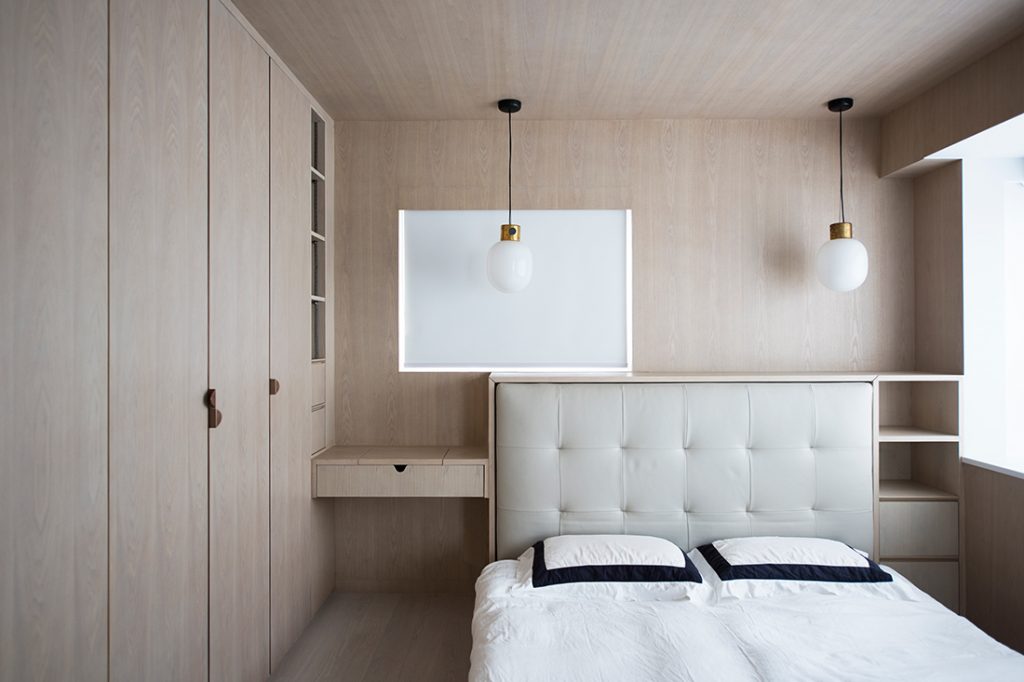
The working ‘cocoons’ centre on the parents’ individual needs. “Everyday activities such as reading a book or taking a nap become special moments as the residents can nest in those personal nooks and crannies,” explain the designers.
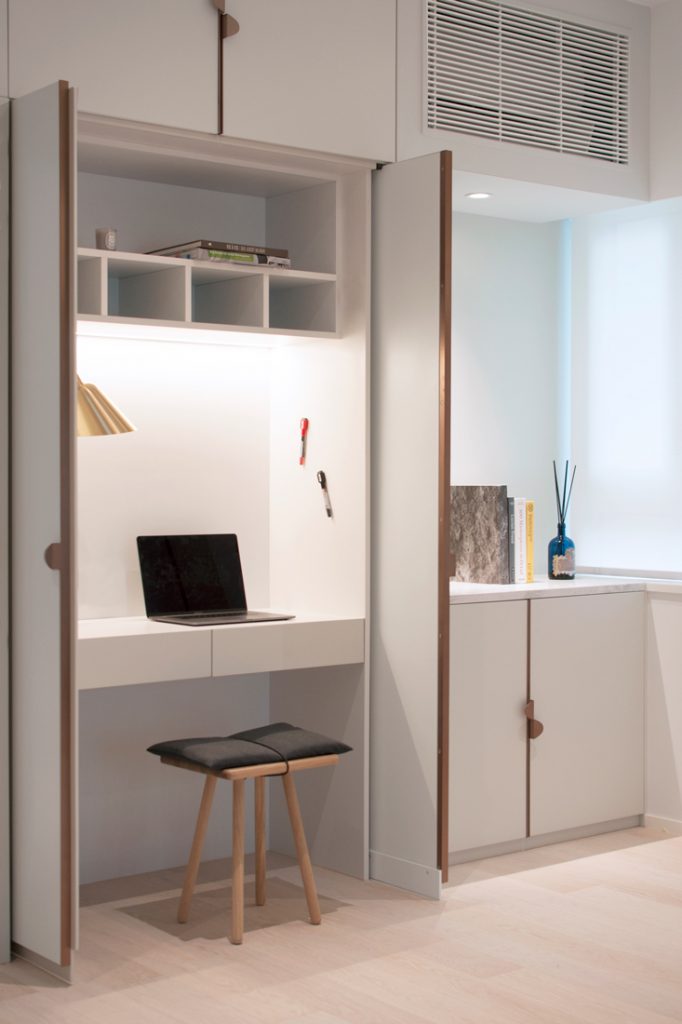
The husband preferred a private enclosed working space, while the wife has an open hidden nook in which to work. Taking into account her love of playing piano on short breaks from work, the designers integrated space for the musical instrument in the continuous wall of her area.
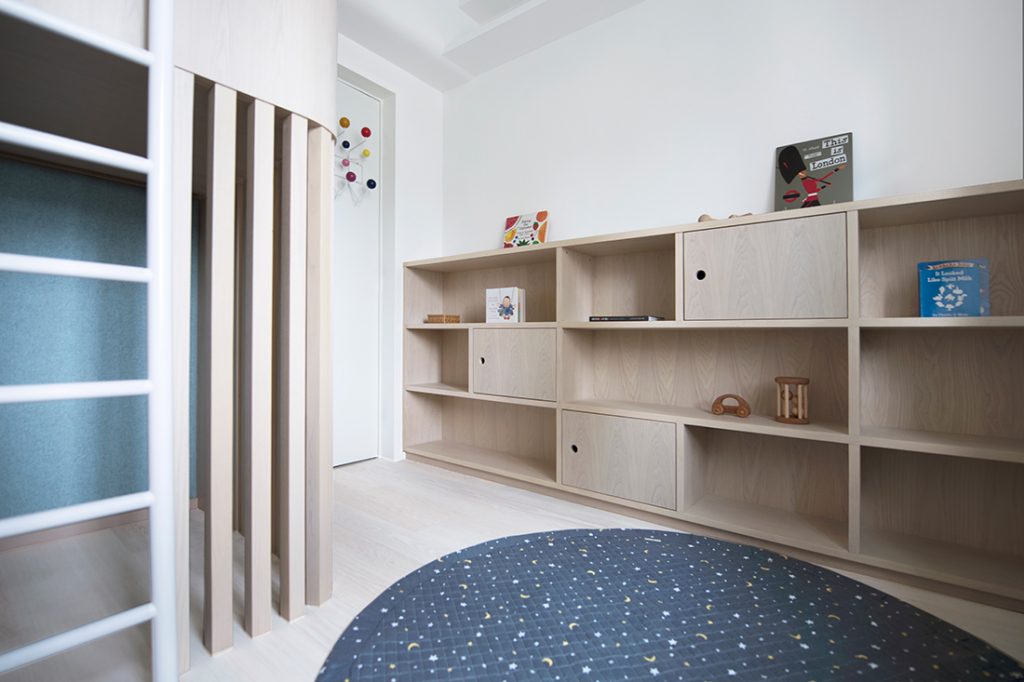
The space dedicated to the family’s newborn, meanwhile, has been designed with the Montessori theory of child-led education in mind. All ledges, bookshelves and other furniture has been custom-designed to the child’s size and tucked under the bed as a “safe for childhood fantasies and development.”
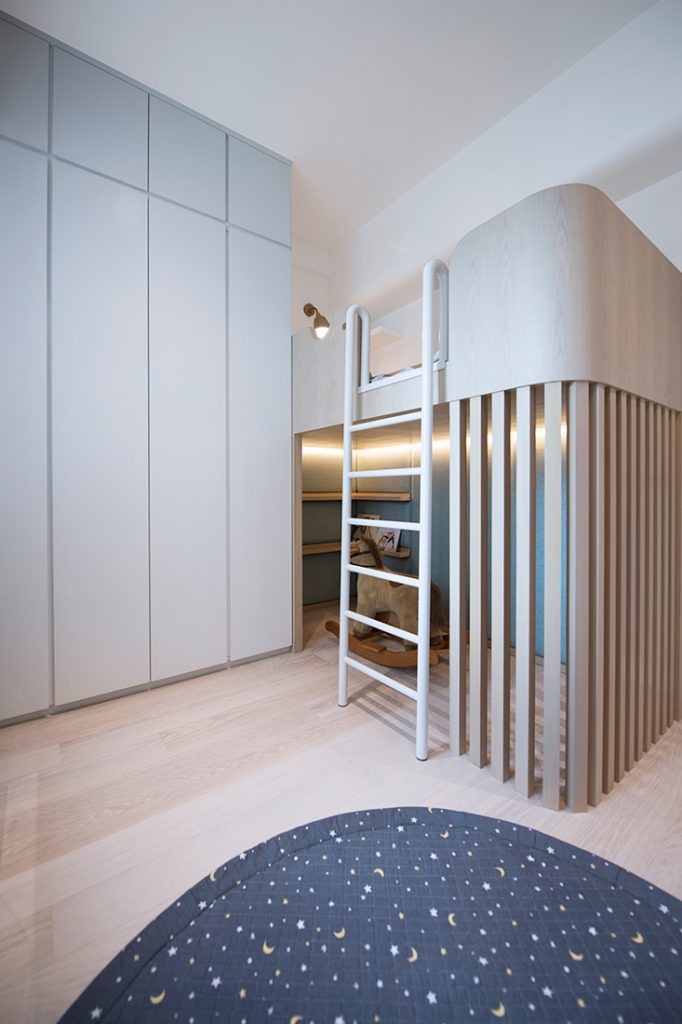
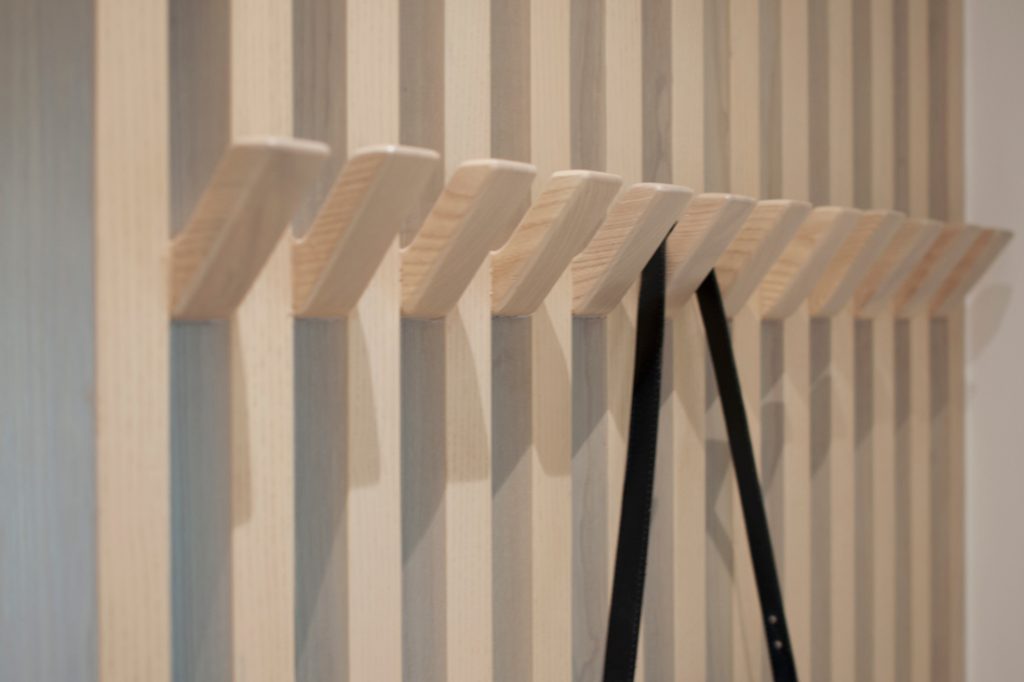
Bean Buro took traditional Japanese architecture as an inspiration for the overall palette; light wood and grey paint create a warm and soothing atmosphere. The transitioning areas between the family’s cocoons include clever use of storage – such as coat racks and bookcases – to divide the relatively small space.
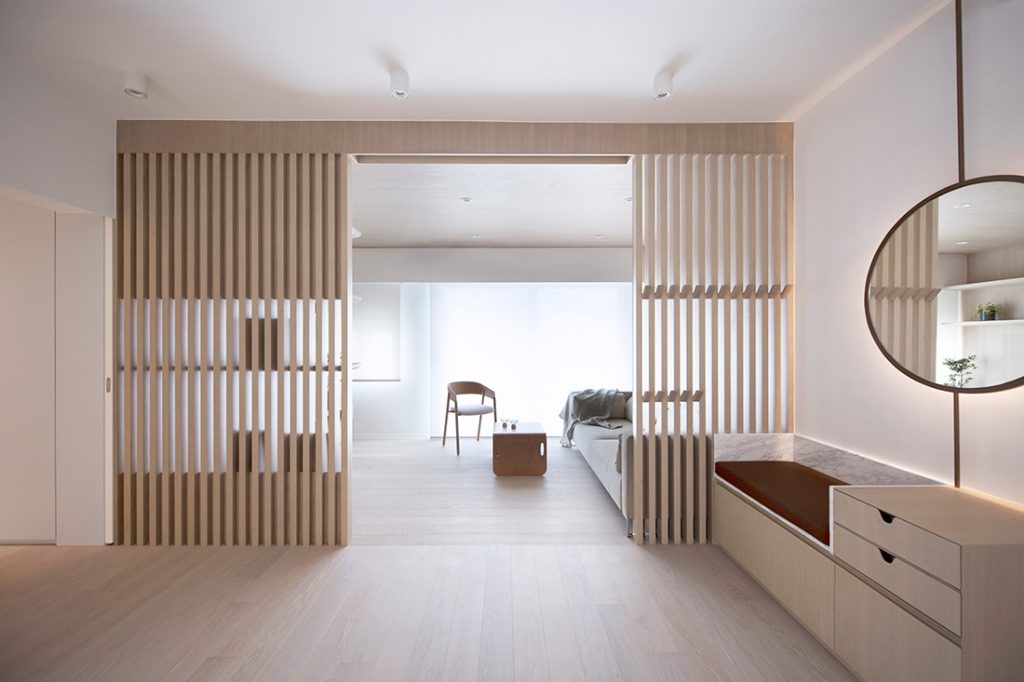
The designers also fitted two big mirrors facing each other from the entrance all the way down the corridor to the master bedroom to enlarge the space. Elsewhere, the designers used copper, leather ceramic tiles, and hints of marble. “All these finishes were selected in neutral tones so as to fit in a minimalist, neutral palette,” the designers explain.
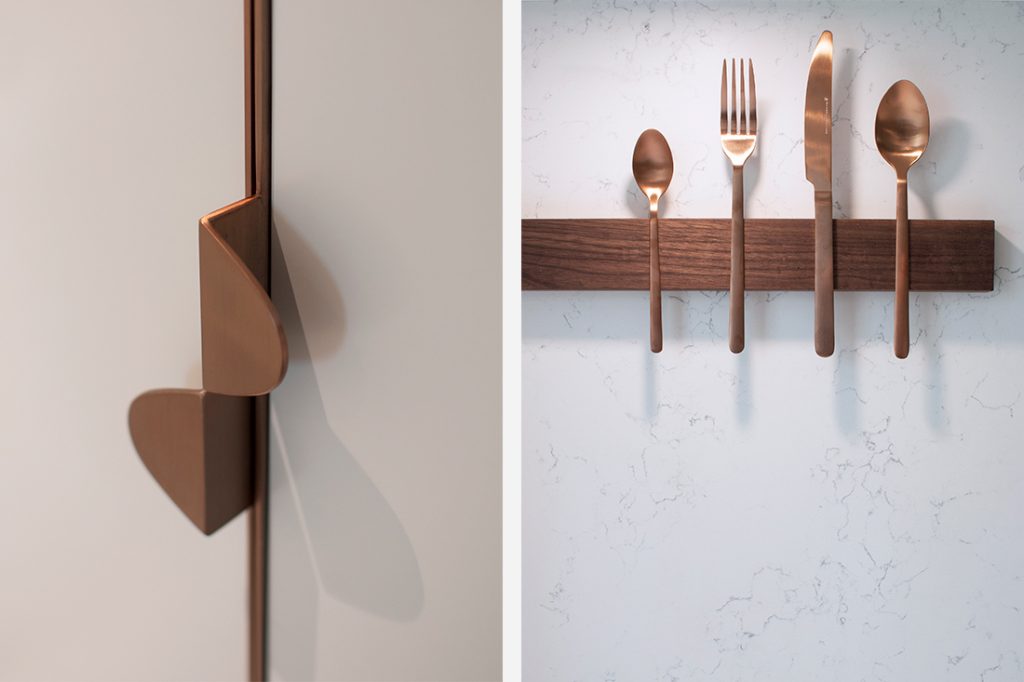
Bean Buro Team: Lorène Faure, Kenny Kinugasa-Tsui, Pauline Paradis, Abby Liu, Michelle Ho, Isaac Tam
INDESIGN is on instagram
Follow @indesignlive
A searchable and comprehensive guide for specifying leading products and their suppliers
Keep up to date with the latest and greatest from our industry BFF's!
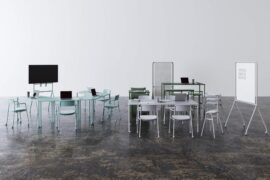
Welcomed to the Australian design scene in 2024, Kokuyo is set to redefine collaboration, bringing its unique blend of colour and function to individuals and corporations, designed to be used Any Way!

London-based design duo Raw Edges have joined forces with Established & Sons and Tongue & Groove to introduce Wall to Wall – a hand-stained, “living collection” that transforms parquet flooring into a canvas of colour, pattern, and possibility.

Seven years in the making, the new Surry Hills Village is here with doors open and crowds gathering.

Carr’s largest residential project to date integrates concrete, steel mesh and landscape across 122 apartments in Melbourne’s Brunswick.
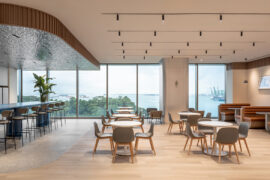
Bean Buro’s Singapore office for Anglo-Eastern is a poetic continuation of their Hong Kong headquarters — a workplace that balances identity and calm.
The internet never sleeps! Here's the stuff you might have missed
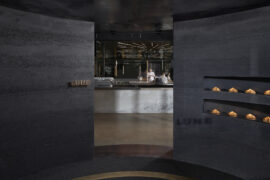
Cieran Murphy has been awarded The Photographer – Commercial at the INDE.Awards 2025. His work on Lune Rosebery captures the immersive design and storytelling of the space, highlighting the interplay of form, material and atmosphere in this contemporary culinary destination.
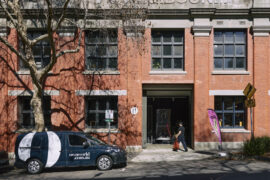
ownworld unveiled Silent Beams in its Collingwood showroom, marking the arrival of Swedish lighting brand Wästberg through a new partnership with Euroluce.